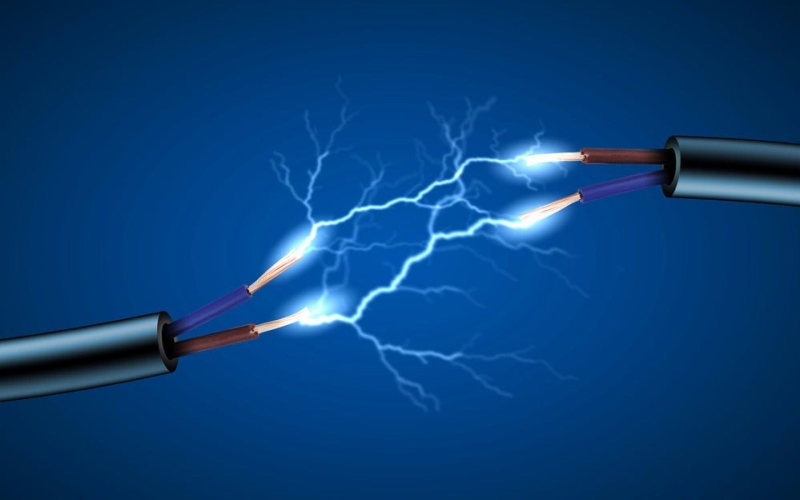When entering the domain of electrical systems, particularly in the context of purchasing solar power equipment, understanding the fundamental differences between amps, watts, and volts is paramount. These terms play a pivotal role in comprehending the electrical characteristics of devices and ensuring the compatibility and efficiency of solar power setups. Keep reading to learn the key differences between these terms and how they apply to the equipment you purchase.
Volts: Electrical Pressure and Potential Difference
Voltage, measured in volts (V), signifies the electrical pressure or potential difference propelling the electrical current through a circuit. Consider volts as the driving force behind the flow of electricity. Solar panels typically generate direct current (DC) electricity at specific voltages, such as 12V, 24V, or higher, depending on their configuration.
Amps: Rate of Electrical Current Flow
Amperage, quantified in amperes or amps (A), represents the rate at which electrical current flows through a circuit. This metric correlates with the volume of electricity circulating within the system. In the realm of solar power, understanding amperage is crucial when selecting wires, charge controllers, and other components to effectively manage the current produced by solar panels.
Watts: Overall Power or Energy Consumption/Production
Wattage, measured in watts (W), indicates the overall power or energy consumption/production of a device. It is the product of volts multiplied by amps (W = V x A). In the context of solar power, the wattage rating is critical for solar panels and other appliances. Solar panels are rated, such as 100W or 300W, indicating their power output under specific conditions. Likewise, devices in a solar setup possess power ratings in watts to indicate their energy consumption or output.
How It Applies to Purchasing Solar Power Equipment
When buying solar power equipment, comprehending these distinctions becomes crucial. It is imperative to match the voltage, amperage, and wattage requirements to ensure compatibility and efficiency within the system. For instance, when purchasing solar panels, their voltage and wattage ratings should align with the overall system’s voltage requirements. Similarly, inverters, batteries, and other components must support the voltage and power levels of the setup to avoid inefficiencies or damage.
To optimize the performance of your solar system and prevent costly mistakes, seeking guidance from a reputable solar equipment provider is highly recommended. These professionals can assess your energy needs, evaluate your location’s solar potential, and recommend the most suitable Samlex inverter with the right ratings. Their expertise can streamline the selection process, ensuring that the purchased equipment precisely meets your specific power requirements.


